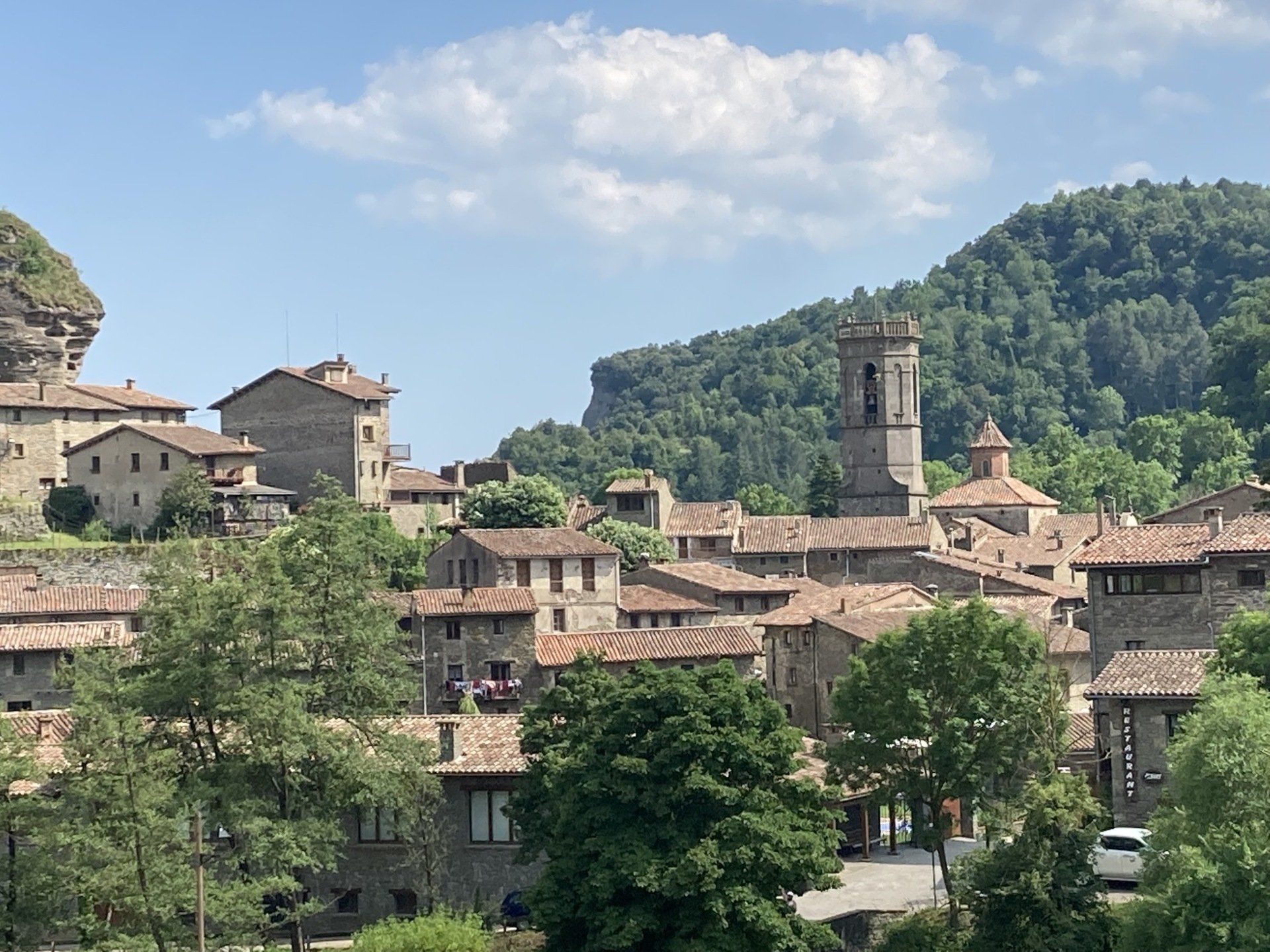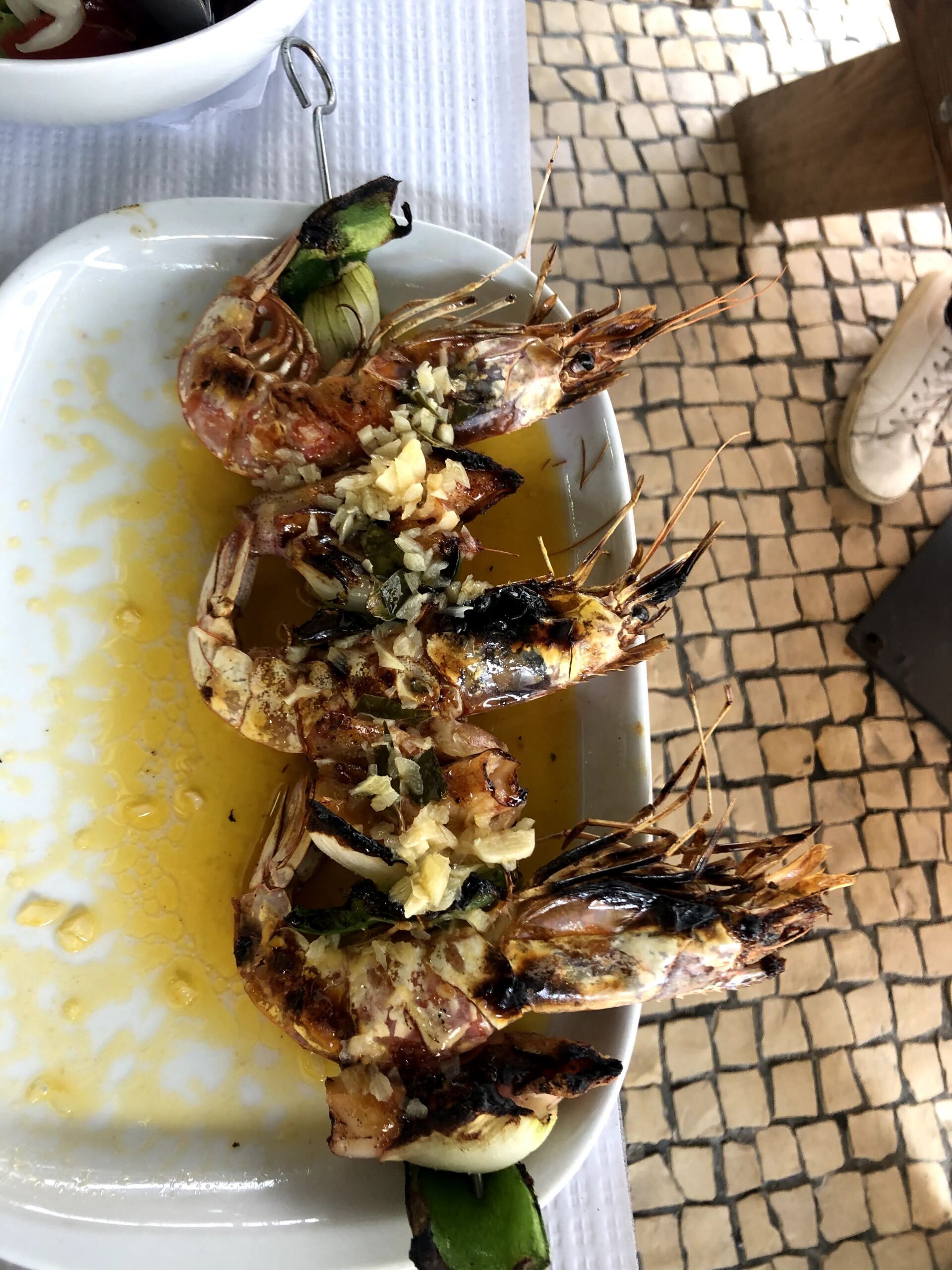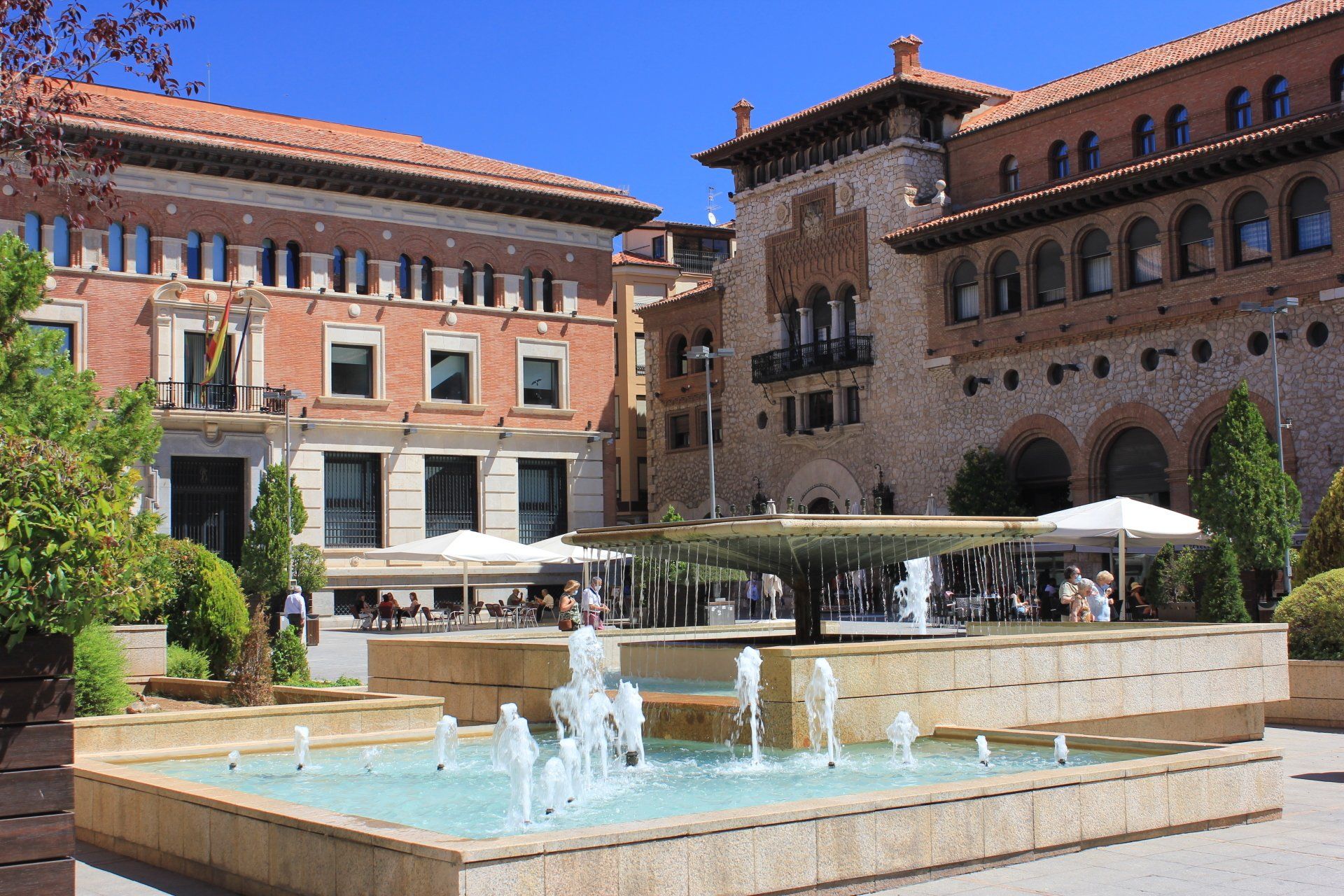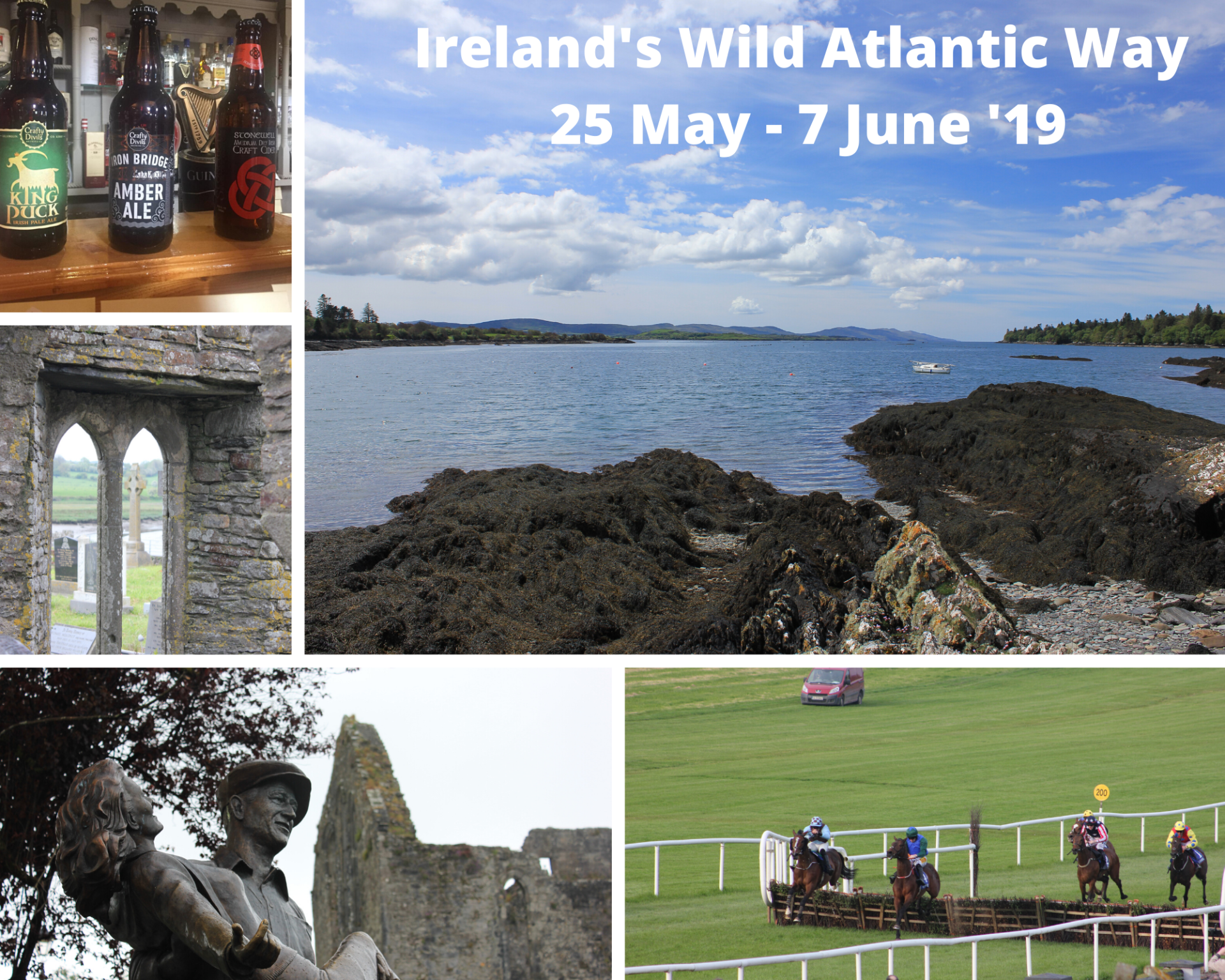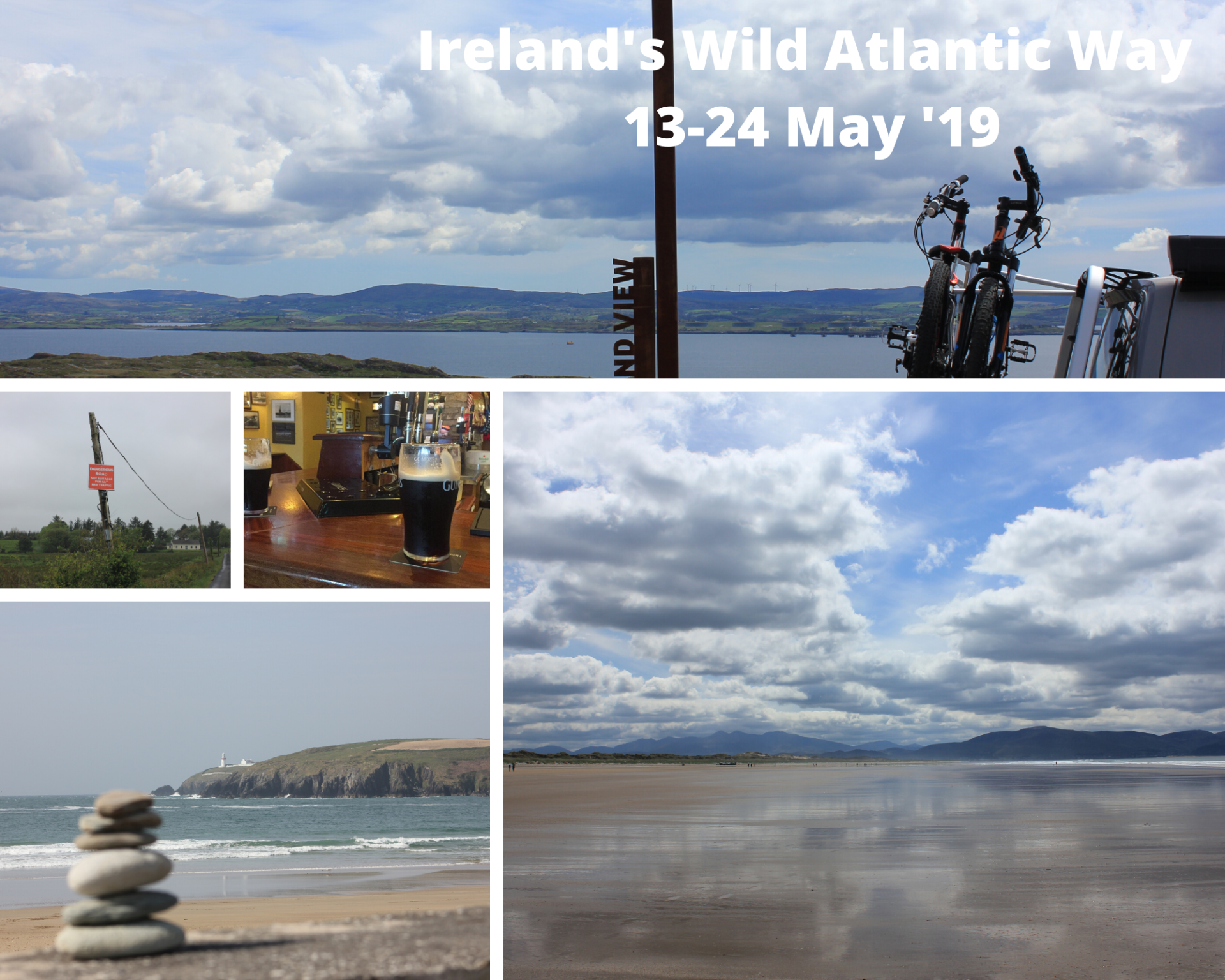Ruta del Cares
The iconic trek from Asturias to Leon

The route
After passing through a tunnel, ignore the road left towards the funicular, and carry straight on where the road will probably be barriered to vehicles, towards the start of the trail. Shortly afterwards you’ll find a shop selling souvenirs and trekking poles, and a hotel next door where we stopped for coffee.
It was along this road that we did a double take at an albeit fit and sporty couple, kitted out for a hike, whilst pushing a toddler in a rugged all-terrain type pushchair. Shortly afterwards a local guy stopped them to advise that they wouldn’t get too far and the route was unsuitable for the buggy.
The road very quickly runs out, where the path commences with a sharp right turn and the start of a steep 2km section with around 300m of ascent. The path is very rocky and uneven, and consists of numerous switch backs to take you up to where the path levels out and becomes more even to walk on.
Whilst stopping for photographs as often as possible is regularly an excuse for a sneaky breather, the views are breath-taking all along the route and are worth trying to capture, although the pictures can never fully do them justice.
The path is cut into the rock in places forming tunnels, but mainly it is a broad path, with steep drops to the gorge and no fencing, so it may not be advisable for anyone who is uncomfortable with heights.
The crowds
The walk reportedly attracts 300,000 walkers a year, many of whom are concentrated in the summer months. Whilst this would normally put us off, I have to say it didn’t bother us too much on the day.
For the first couple of hours, it’s all one-way traffic, then about the halfway point you’ll meet folk coming the other way. A few members of a scout troop did not possess the situational awareness to appreciate how far their camping mats protruded from their rucksacks, and a couple of folk sat down for lunch in the odd sheltered spot on the trail, but the majority of walkers were conscious of the sheer drop, and the need to pass others respectfully and with care.
Caín
Completing the walk you will not only have traversed the Cares Gorge, but you’ll have also left the province of Asturias and arrived in the province of Leon, ending the route in the small village of Caín. Reliant on the tourist trade, the village is a collection of cafes and restaurants to refuel and revive weary travellers.
We chose the menu de dia in Casa Tino and were not disappointed. The very friendly staff did not appear to be jaded by another throng of walkers needing fed, and served up dishes including Asturian fabas, a white bean stew flavoured with chorizo and black pudding, an excellent spaghetti bolognese, and huge salad. Just what we needed!
And then?
Well, your options are to walk back, and reviews I have read say that it is worthwhile if you have the energy, as the views that unfold from perspective of the south to north path are equally awe inspiring.
However, taxis can be arranged to transfer you back to your transport at Poncebos, and many were waiting around the afternoon that we were in Caín.
We chose to book a 4x4 tour with Vivepicos (https://www.vivepicos.com) which saw us join six others to fill the third vehicle in a 3 landrover convey back to the start of the walk.
Our driver Jorge was very helpful in explaining the history, geology, flora and fauna of the Áliva, Valdeón and Liébana valleys, including an old wolf trap, cattle, wild horses, huge shepherd dogs and showing the fantastic views as we journeyed along, however it made for a very long day in the end, and I’m not really sure how much we were taking in, or truly appreciated during the final hour or so. That’s not a criticism of the tour, which was excellent, it’s just a consideration depending on where your day is going to start and end to ensure you get the most from it.
Thankfully, Jorge dropped everyone off at their individual vehicles around 1900, so there at least there was no more walking to do.
Share this post
